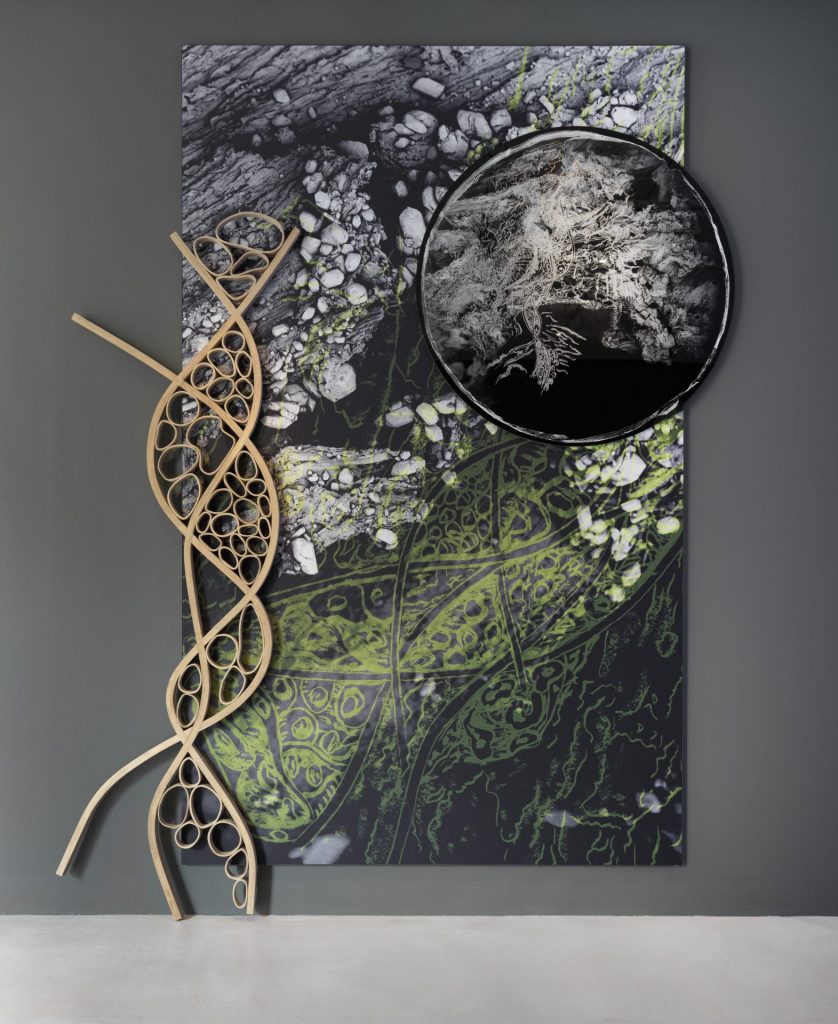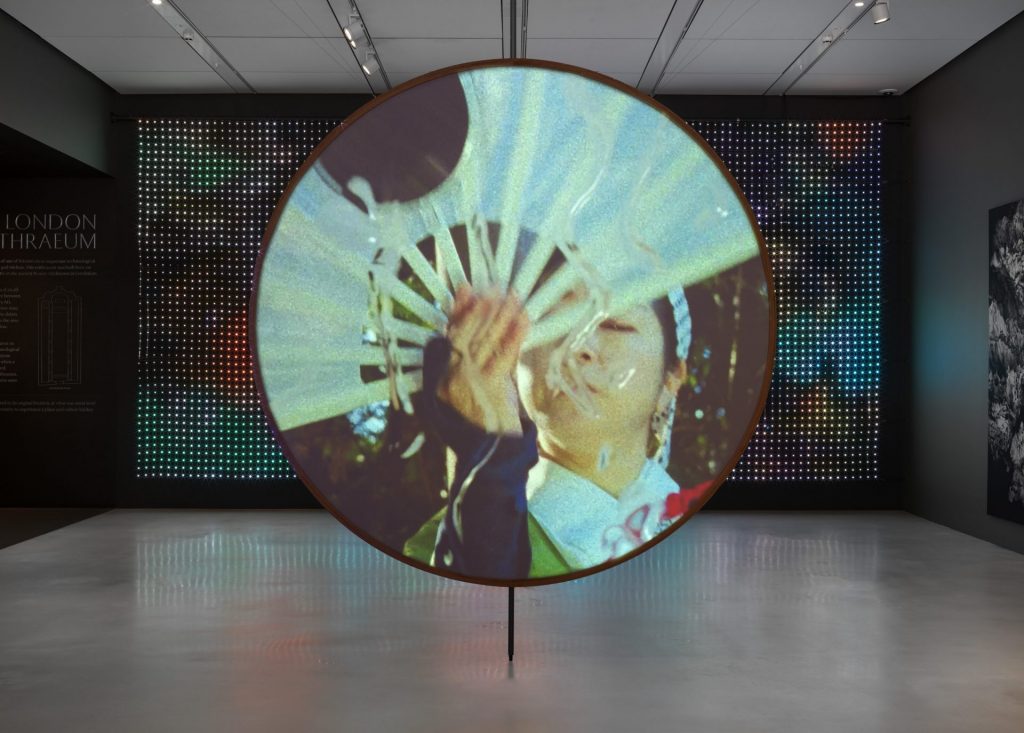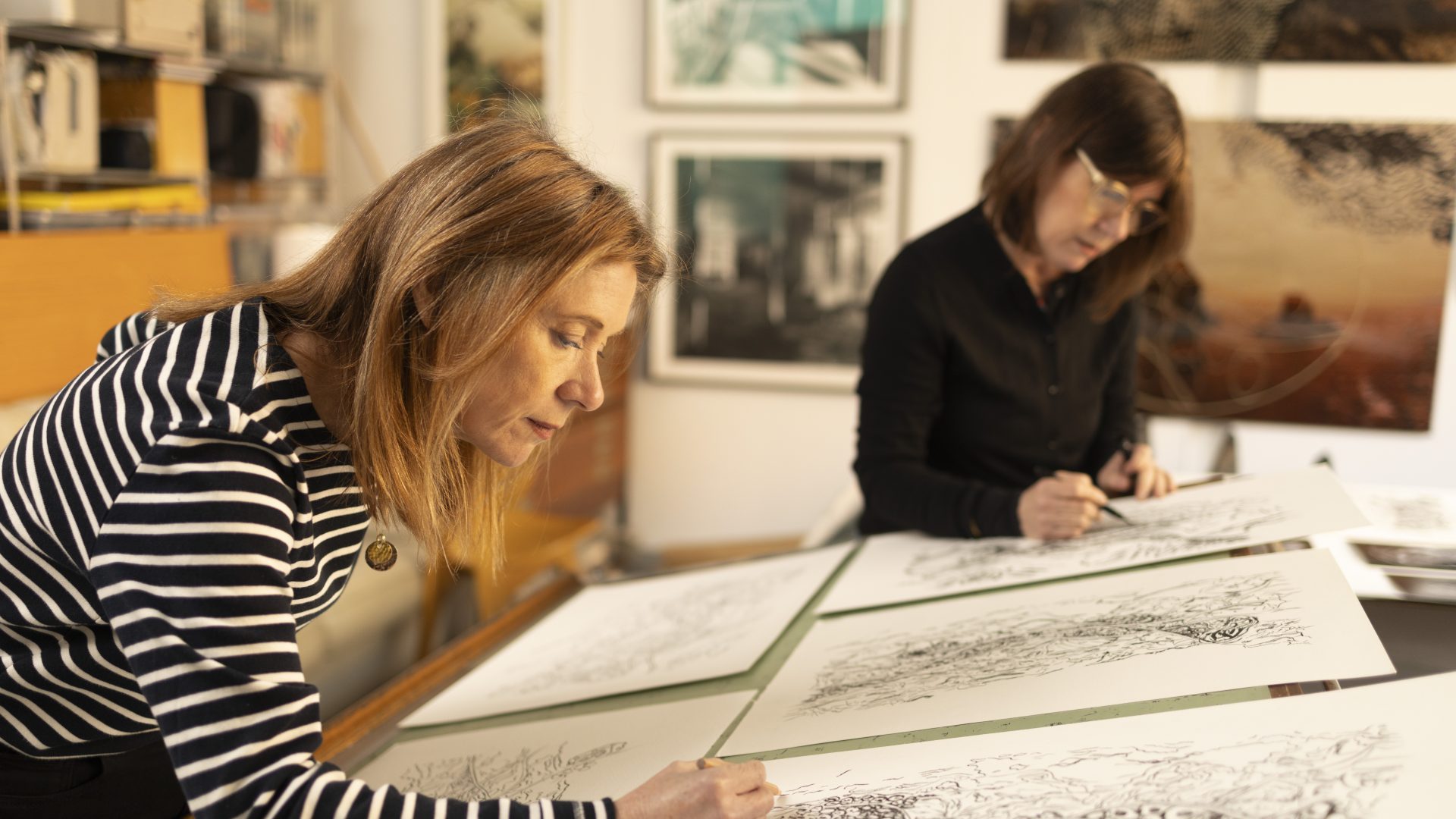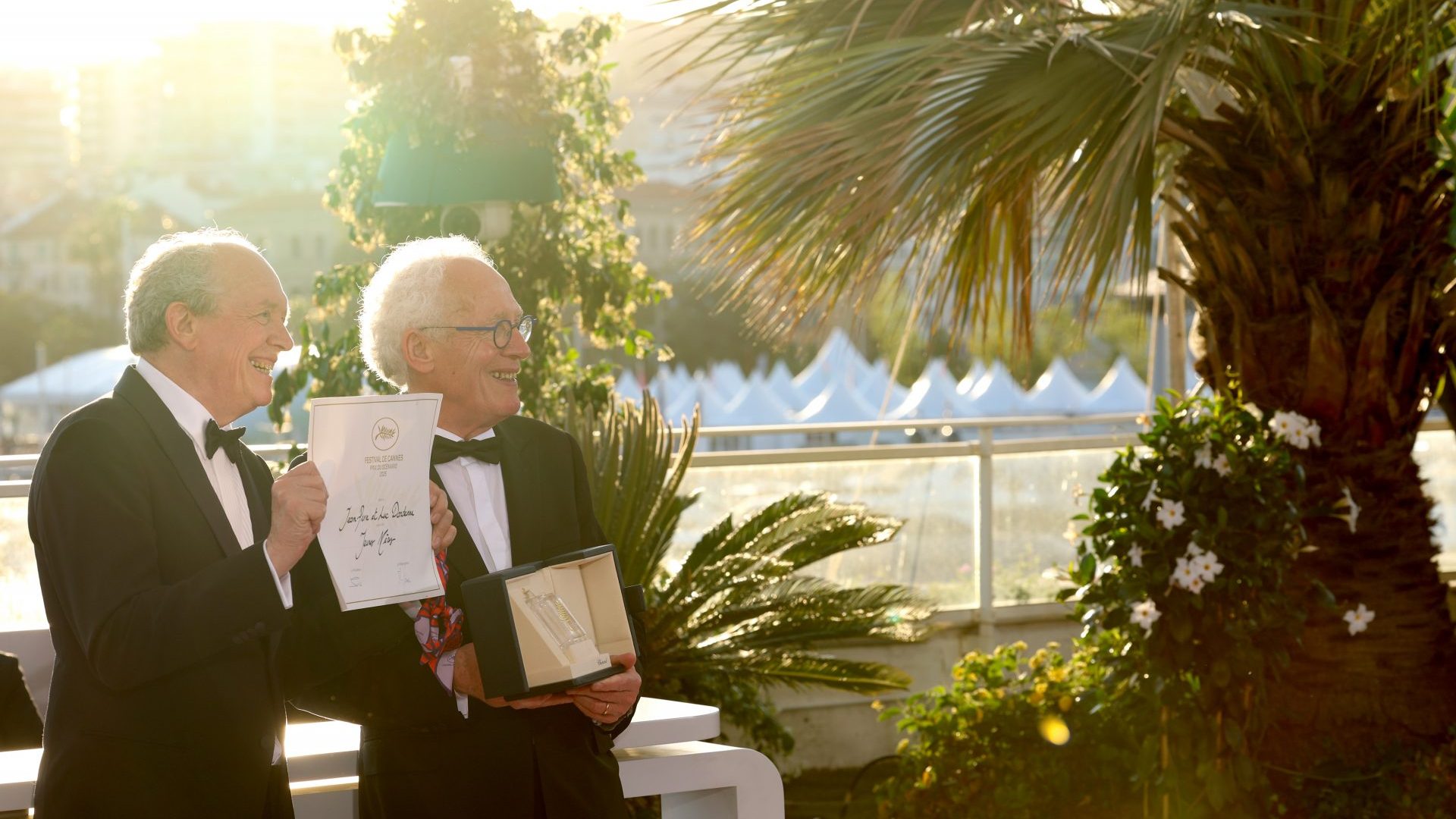In 2010, the Hamas operative Mahmoud Al-Mabhouh was assassinated in a hotel room in Dubai. The killing was thought to have been undertaken by the Israeli intelligence agency Mossad, and quickly became the subject of worldwide media attention.
One year on, the artists Jane and Louise Wilson exhibited Face Scripting: What Did the Building See? at the Sharjah Biennial art platform in the UAE. A collaboration with writer Shumon Basar and the director of the Forensic Architecture research agency, Eyal Weizman, the installation consisted of two films, one made from surveillance footage recorded before the murder, the other shot by Jane and Louise Wilson after the event.
“Comprehensive CCTV footage of the victim and the perpetrators in the hours leading up to the murder was posted on YouTube and watched by millions,” says Jane. “The material was captured, compiled and edited by the Dubai state police. We presented the installation alongside this footage, merging the filmed narrative with the real events as they unfolded.”
The Wilsons’ images of the hotel – its empty, revolving doors, the room where the assassination is said to have taken place – are chilling. “For our film, we examined biometric systems first used on Dubai construction sites to document migrant workers, and which are now embedded across UK civic architecture,” says Louise. “It traced the shift from visible, DIY surveillance to invisible systems that are now integrated and incorporated into the fabric of our public and social space.”
Born in Newcastle in 1967, twins Jane and Louise Wilson were bundled in with the early 1990s Young British Artists. However, the work they made was not as immediately shocking (or commercial) as that of Tracey Emin and Damien Hirst. It burned slowly.
As Louise points out, the facial recognition and camera technology used by a paranoid, despotic state in the early 2010s is now the norm in cities worldwide. This prescient focus on civic monitoring – and the current attention on Hamas and the Israeli authorities – highlights the uncanny predictive nature of the Wilsons’ artwork.
Partly set in Kyiv, their film and installation, The Toxic Camera from 2012, examined the late Ukrainian film-maker Vladimir Shevchenko’s last project, in which he filmed the clean-up operation following the Chernobyl disaster of 1986. This examination of the last time the Kremlin brought catastrophe to Ukraine has strong contemporary resonance.
Created in 2018, the twins’ post-Brexit Suspended Island film installation imagined the reality of an abandoned state. “We met with Shevchenko’s surviving film crew in 2010, and they told us the story about his camera. His film had been heavily censored by the Soviet authorities, and his subsequent illness and death from radiation exposure was suppressed,” Jane says.
“The camera Shevchenko used became so irradiated it had to be buried in a nuclear waste facility on the outskirts of Kyiv. The toxicity of Shevchenko’s camera acts as a metaphor for the vulnerable nature of the landscape and the human body. His film was a document of an event that, in the process, became an event.”
For the Wilsons, both the Face Scripting… and the Toxic Camera film installations explore how tools used for truth-telling can harm their users. “The technologies of architecture and control explored in both works are now part of everyday reality,” Jane continues. “They shape not only how events are seen, but who even gets to be seen at all, like much of today’s hidden data-harvesting systems. We’ve long explored surveillance, visibility and ideology in physical, architectural spaces — what we call ‘psychic architecture’.”


Ensconced in the Bloomberg building in the City of London, the Wilsons’ latest exhibition, Performance of Entrapment, features film, drawings, prints and a curtain of tiny LED lights. The centrepiece is a giant circular panel with a screen showing the sisters’ projected films on one side and a mirror on the other.
Inspiration for the exhibition’s artwork came, in part, from a set of Roman oak stakes uncovered when the building’s foundations were laid. The remains of a Roman temple dedicated to the god Mithras also sparked ideas.
“The films stem from artist residencies in South Korea and Japan, incorporating DNA drawings and ancient wood scans alongside island and shrine imagery,” Louise says. “And we linked the Mithras temple with Japan’s Ise Jingū shrine, both 2,000 years old. Using ancient wood samples from archaeological excavations, we explored parallels in sacred architecture and preservation.”
The Wilsons created microscopic 3D scans of ancient Roman wood samples, combining them with film and drawing. “The carbon-free Ise Jingū is unique because it maintains a sustainable ecosystem in ancient hinoki forests and giant cryptomeria trees where nature, society and culture coexist,” says Jane.
A film showing grainy figures moving together in time is projected on to the centrepiece’s screen. “Ise City is the home to the Ise Ondo, a traditional female folk-dance collective that dates to the Edo period. Working with the Ise Ondo and the Ise Jingū, the film explores a reenactment of the traditional,” she says.
The curtain’s flickering lights depict a heavily pixelated version of the film’s imagery that, in turn, is reflected in the mirror to dizzying effect. Importantly, the Gekū and Naikū shrines within the Ise Jingū complex are demolished and rebuilt on an adjacent site every 20 years – and will be for ever.
Imbued with the Wilsons’ knack for prophecy, Performance of Entrapment is about data versus nature and the forthcoming deterioration of truth caused by supposedly life-enhancing digital technology.
“It’s interesting to see how prescient the traditions of renewal and rebuilding are in order to preserve process knowledge,” Louise says. “In a sense, the shrines are less static monuments and more living systems. These traditions of renewal feel comparatively prophetic by today’s standards, in that they offer a human-scale continuity, in marked contrast to AI’s machine-scale future.”
Performance of Entrapment is at the Bloomberg SPACE building in London until January 17, 2026. Entrance is free, although online booking is required.
Simon Coates is a writer and artist



